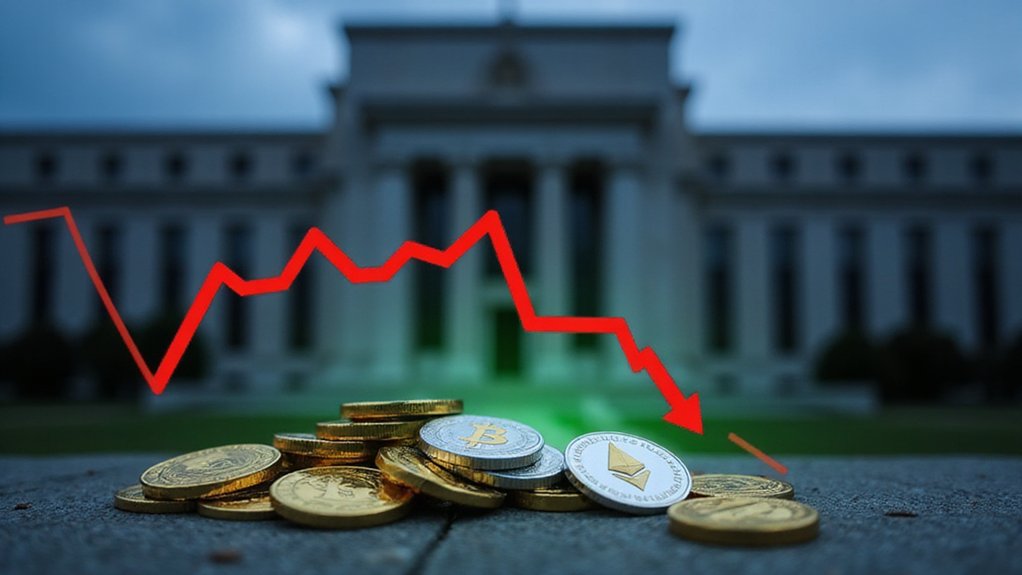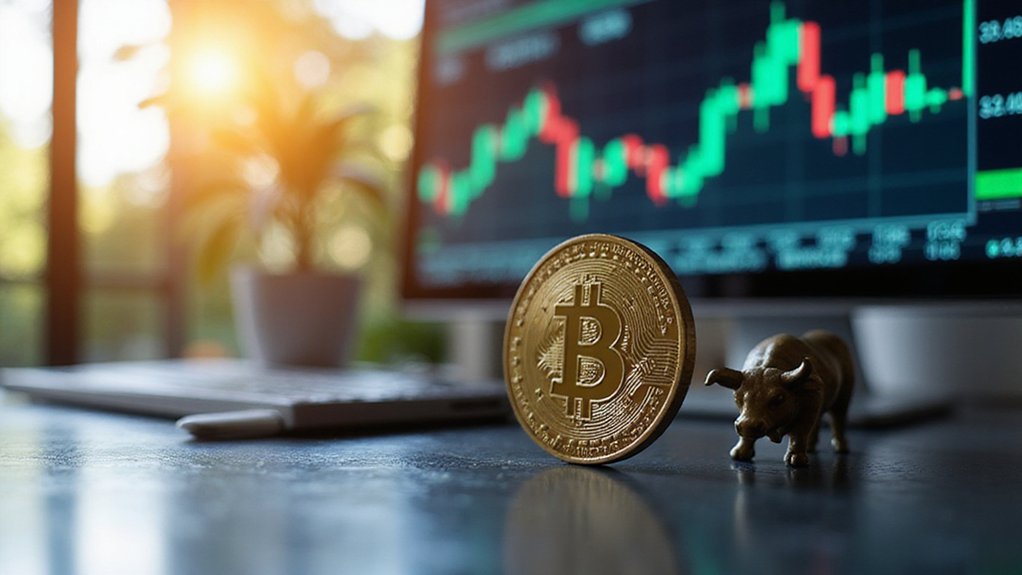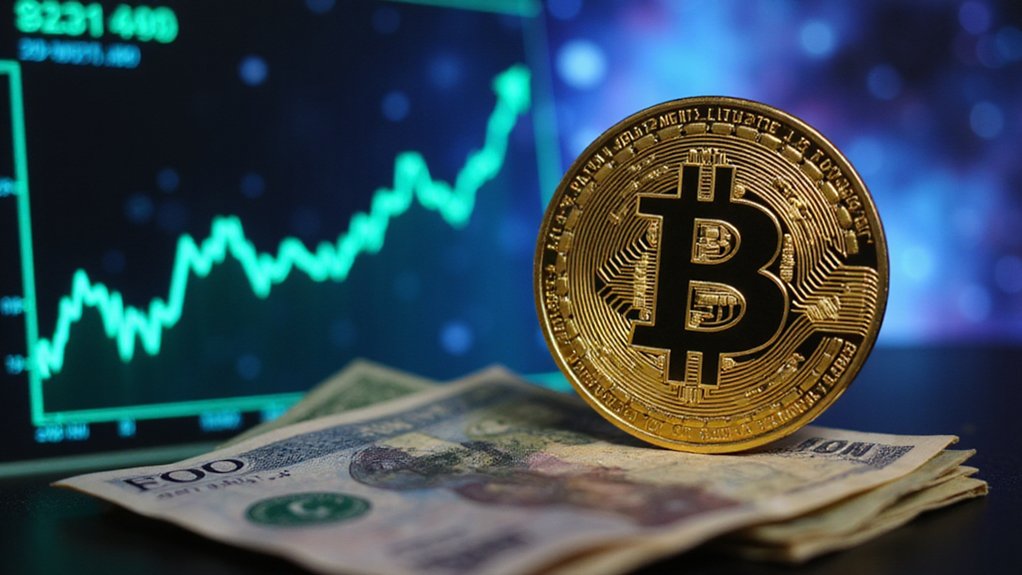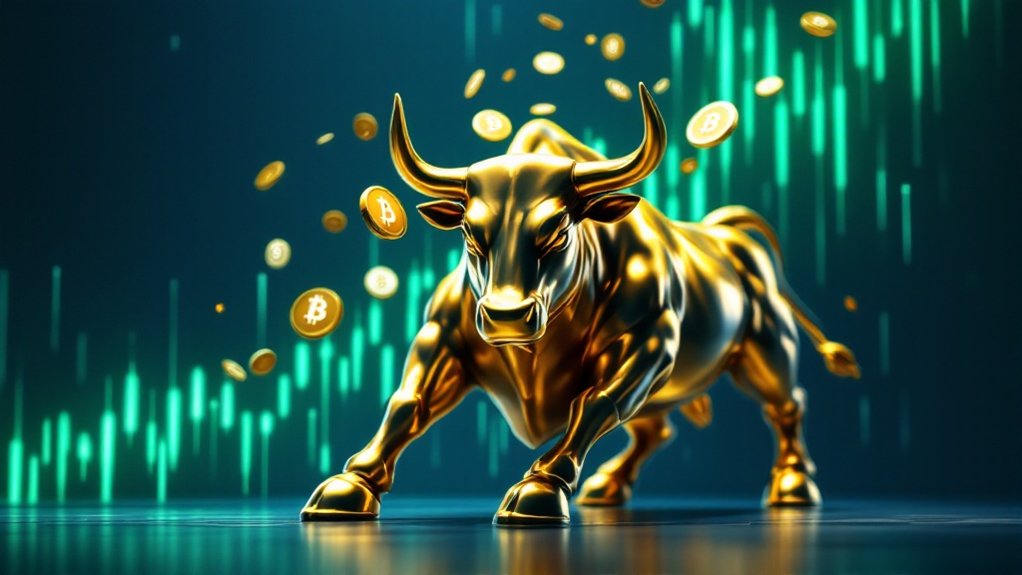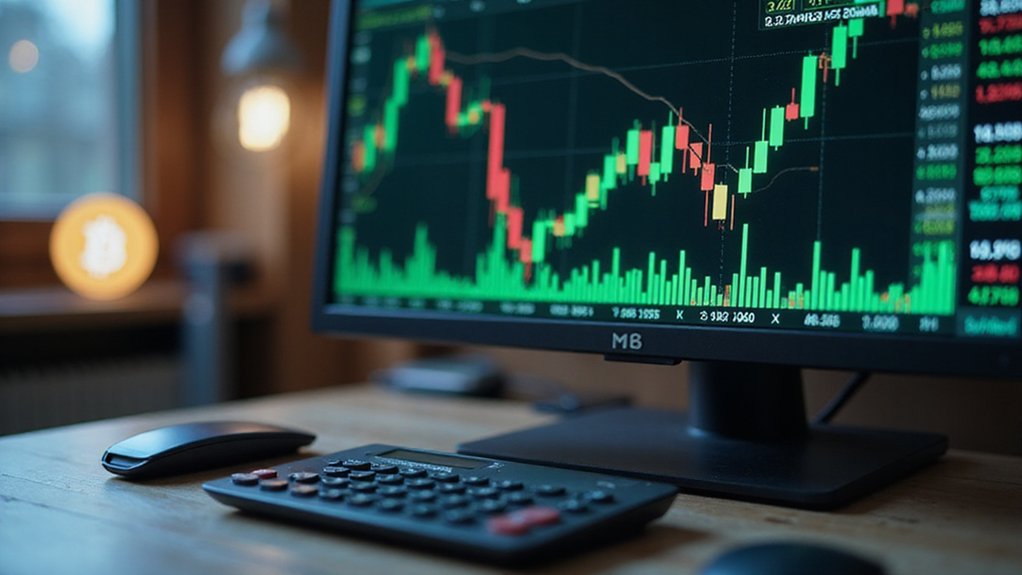Relief swept through financial markets as the annual inflation rate in the United States eased to 2.8% in February 2025, marking continued progress in the Federal Reserve's battle against persistent price pressures.
The inflation cooldown to 2.8% signals a potential breakthrough in the Fed's prolonged fight against rising prices.
The latest Consumer Price Index (CPI) data released showed inflation falling below market forecasts of 2.9% and dropping from January's 3% reading. Monthly inflation increased by just 0.2%, significantly below January's 0.5% rise.
Core inflation, which excludes volatile food and energy prices, registered at 3.1% annually with a modest 0.2% month-over-month increase. This metric remains above the Federal Reserve's 2% target, suggesting monetary policymakers may maintain their cautious approach. This focus on core inflation measures provides a clearer view of underlying inflation trends than headline numbers that include more volatile components.
Energy costs declined 0.2% year-over-year with gasoline prices falling 1.0% for the month, contributing to the overall moderation in price growth. Natural gas saw a 6% increase compared to the previous month, bucking the overall energy trend.
The shelter index, a key component of inflation measures, rose 0.3% in February and stands 4.2% higher than a year ago. Both rent and owners' equivalent rent increased by 0.3% for the month.
Food prices saw minimal movement, rising just 0.2% in February while showing a 2.6% annual increase.
In the goods sector, used cars and trucks prices increased 0.9%, while new vehicle prices declined slightly. Apparel costs rose 0.6%, revealing continued pricing pressures in certain retail segments.
Transportation services provided relief with a 0.8% decrease for the month.
These inflation figures arrive amid mixed economic signals. The economy added 151,000 jobs in February while unemployment increased to 4.1%.
Consumer confidence experienced its largest monthly decline since 2021, raising recession concerns. Markets are currently pricing in approximately 85 basis points of interest rate cuts for 2025.
The Trump administration's policies may influence future inflation trends. Potential tariffs could increase consumer costs, though the administration has shown attention to specific price pressures, including an inquiry into egg producers after January's 53% price surge.
The Federal Reserve's next policy meeting, scheduled for the following week, will likely weigh these factors carefully as officials contemplate their monetary policy trajectory.
